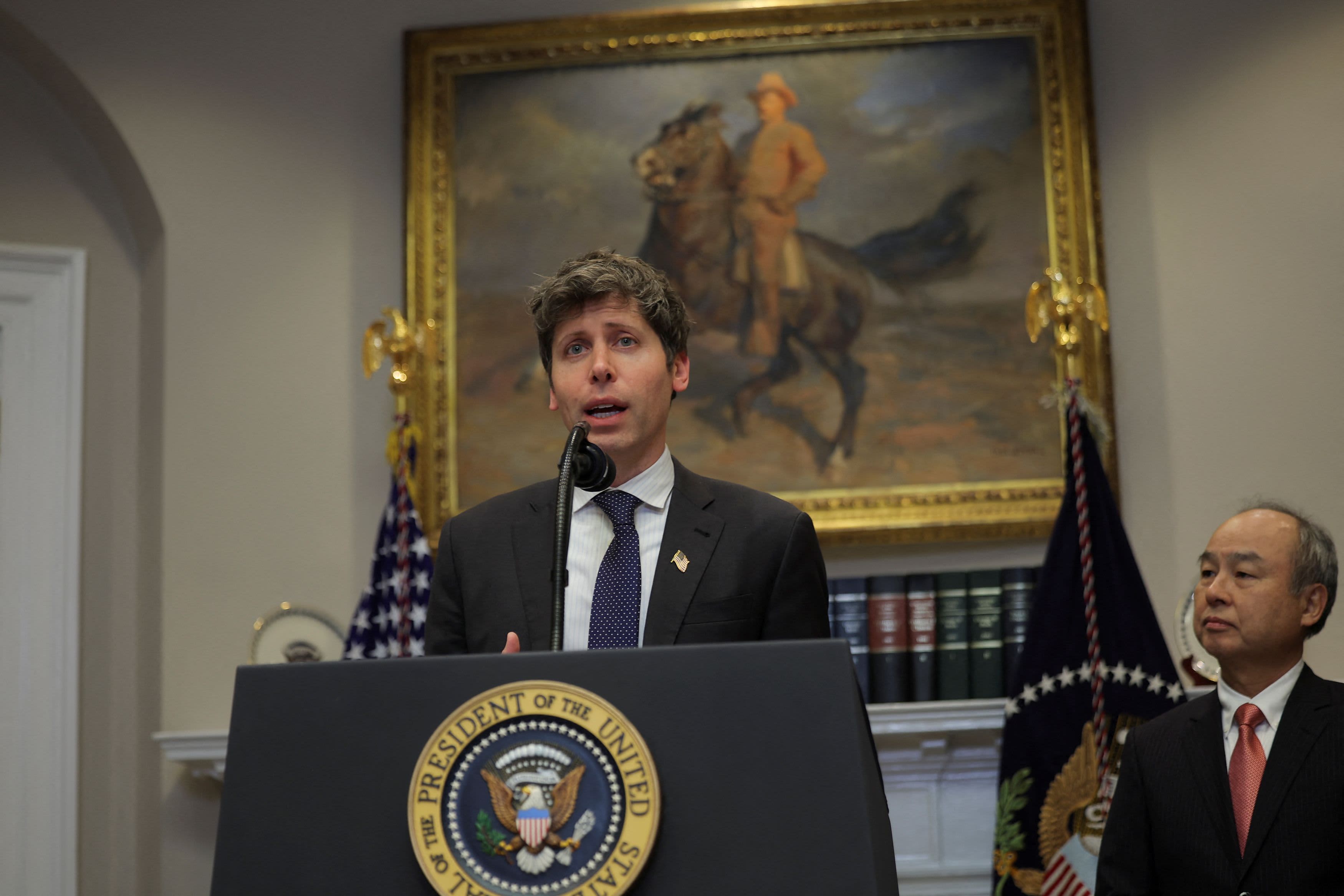Two hugely important markets hit all-time highs last week. One was US equities, with the S&P 500 over 5,700. The other was gold, which topped $2,600 an ounce. But they say very different things.
Shares are driven by confidence: the jumbo cut in US interest rates fuelling continued growth, the US economy avoiding recession, and all that.
Gold is driven by fear: worries about inflation, trade tensions, and the horror that the current conflicts will become even worse. What's up?
Let's focus on gold, because for a number of reasons it gets much less attention than shares.
It is a smaller market, for the total value of all the gold ever mined is about $15 trillion (£11 trillion), whereas the current market capitalisation of the US stock market is more than $55 trillion.

It differs from bonds and most equities in that it produces no return. And about one-fifth of the stock of gold is held by central banks as their countries' reserves, with the US having by far the largest share – 8,133 tonnes of the stuff.
We have only 310 tonnes, largely because 395 tonnes were sold by Gordon Brown between 1999 and 2002. The average price was $276 an ounce, making that look a seriously stupid decision, even allowing for the interest we received on the US government securities we bought instead.
We are down something like $30 billion on the deal.
By contrast, the big buyers over the past 25 years have been other central banks, notably China.
According to the World Gold Council, it bought 1,037 tonnes last year, with the People's Bank of China accounting for more than half the total – bringing its gold reserves to 2,264 tonnes.
Add in what Chinese people are buying, and the fact that it is the largest gold mining country in the world, ahead of Russia and Australia, and it is clear that China has been the main driver of the gold boom.
That says two things. One is that the country foresees troubled times ahead.
The rising trade tensions with the US must be part of that. The disastrous state of much of the property market must be another.
And the stock market has been weak, with the Shanghai Composite Index down 10 per cent on a year ago.
The other is that central banks generally don't trust US and European government debt.
If your job is to manage a country's reserves, you have a choice. You either hold gold, or you hold securities issued by other governments. In practice, that means dollars and euros. The IMF reports that just under 60 per cent of all currency reserves are denominated in dollars, 20 per cent in euros, a bit over 5 per cent in Japanese yen, and a bit under 5 per cent in sterling.
When central banks buy gold, they are saying they don't want dollars or euro securities. So what does this mean for the rest of us? Should we try to buy some gold?
That's a tough one. The price certainly feels high at the moment and there have been long periods in the past when gold has been a terrible investment. For example, it was fixed at $35 an ounce at the Bretton Woods meeting in 1944 and stayed at that level until the gold exchange standard began to break up in 1971. Then, it shot up as the world moved to floating exchange rates.
On the other hand, gold has proved a better long-term store of value than paper currencies.
Since 1913, when a pound was a gold sovereign, prices have gone up nearly 100-fold – the Bank of England has a nifty inflation calculator. But a sovereign now costs about £480.
So in real terms, it has gone up nearly five times.
My view is that it is worth having some savings in gold, though this does not feel a great time to buy. But there are better inflation hedges, notably property and global equities.
Looking at what has happened to house prices here and share prices in America, a lot of other people seem to agree.
DIY INVESTING PLATFORMS
Affiliate links: If you take out a product This is Money may earn a commission. These deals are chosen by our editorial team, as we think they are worth highlighting. This does not affect our editorial independence.
Compare the best investing account for you











